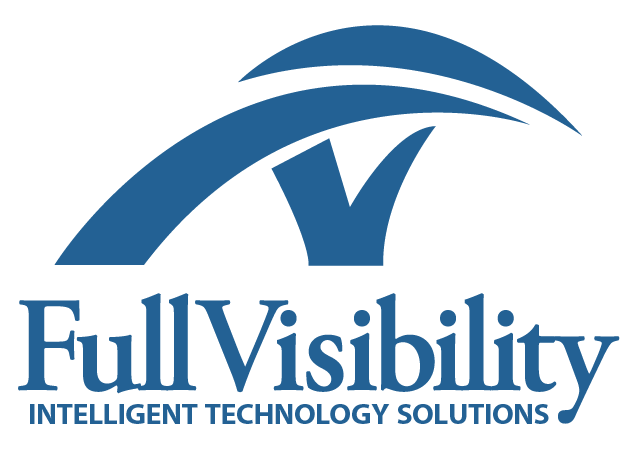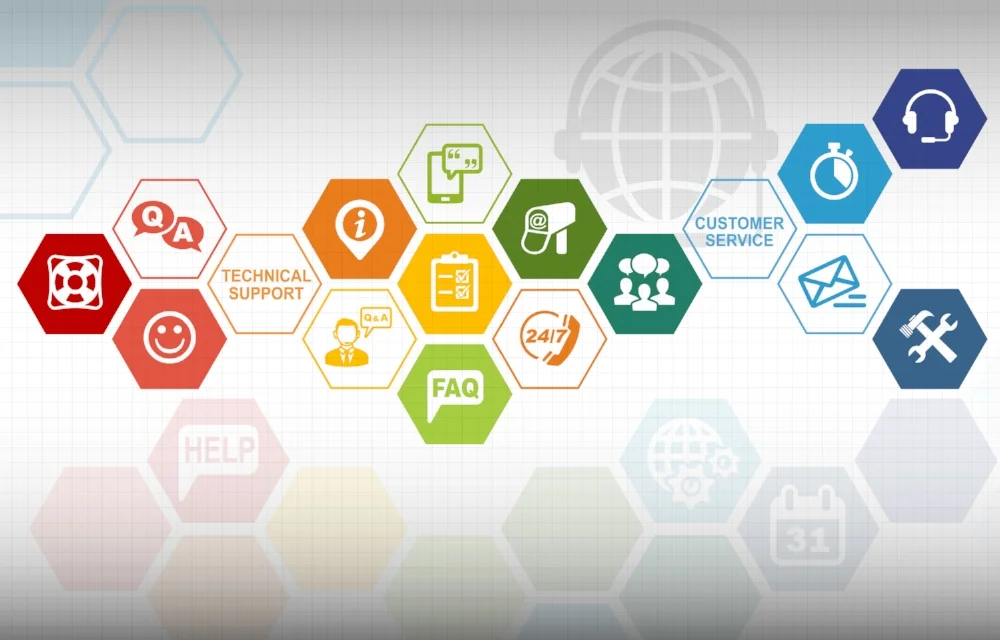It is Earth Day — and like Arbor Day and the essentially unknown "United Nations World Soil Day," — Earth Day exists to increase awareness of the very real environmental problems around our planet. That list of problems is long (poor urban air quality, water shortages, crop fertilizer and livestock manure runoff, greenhouse gas levels, and deforestation are just a handful) and the solutions to these problems are typically costly and require considerable changes to infrastructure, laws, and human behavior.
There is a massive concentration of plastic waste in the Pacific Ocean. You have likely heard of this “Great Pacific Garbage Patch,” covering a sizable area of the Pacific and visible via satellite imagery. Much of that trash ended up there not by accident but rather by willful dumping of materials into and near the ocean. I will be honest that when I first saw pictures of this floating island of trash, I incredulously muttered “it cannot possibly be that large.” Of course, it is that large and cleanup is expensive both in terms of money and time.
The Pacific is not alone when it comes to being a dumping ground for trash; I have found all sorts of garbage floating in the water while out paddling in my kayak. Nearly every beach I’ve walked on had some trash in the sand or floating in the water. This past weekend alone I filled a 5 gallon bucket with bottles, cups, cigarette butts, plastic grocery bags, wrappers and an assortment of odds and ends that found their way into the ditch at the front of my property. No doubt all year long I will encounter more of this - trash in the water where I paddle, trash in the ditch near my home. The highways and byways of this country are littered with waste either intentionally or unintentionally discarded by people.
As a computer scientist I seem to be wired to try to solve problems and throughout my career I have crafted many technical solutions to problems. Automating repetitive tasks, eliminating tedium or reducing error due to human inattention to detail, these software and hardware solutions employ specific technologies to solve the problem. I can certainly envision all sorts of specialized trash collecting machines - autonomous robots sweeping up the public spaces, devices employing all manner of pattern matching and image analysis and machine learning techniques. I have often wondered why Virginia doesn’t have a high speed road debris removal vehicle that could sweep up all the junk that litters the roadway, the shoulder and against jersey walls without causing a traffic jam in the process - that seems like an excellent solution to a persistent problem on I-95.
As interesting as all those high tech and mechanized ideas are to me, the truth is that the root cause of most, if not all, of the trash problems that we have in this country is human behavior. Simply put, most of the time trash ends up in the wrong place because we just do not take the time to do the right thing. Beer bottles don’t end up in a ditch because they accidentally fell from a vehicle transporting recyclables - they end up there because people threw them there. Cigarette butts litter medians and intersections because people throw them there. Trash blows out of the back of a truck because people failed to secure the garbage properly.
Some percentage of the population simply isn’t going to ever care about any of this and unfortunately many other people take the position that litter is someone else’s problem. What I know for sure is that trash does not pick itself up. In Virginia we have the “Adopt a Highway” program, providing volunteers bags and vests to clean up sections of the over 57,000 miles of public highways in the state. In an ideal world such a program would not be necessary and the truth is that only a small fraction of the roads in the Commonwealth have been adopted. Maybe your family, friend group, community or club should consider adopting a highway where you live.
A good question to ask yourself is “If not me, then who?” I’m likely never going to find myself in the middle of the Pacific as part of that floating garbage cleanup crew, but I can get involved where I live. This Earth Day, and every day, you and I can make a difference.
ABOUT THE AUTHOR
Matt Cuba is a Senior Software Developer at Full Visibility. In his spare time, he enjoys kayaking, photography, beekeeping, and a good cup of tea.








